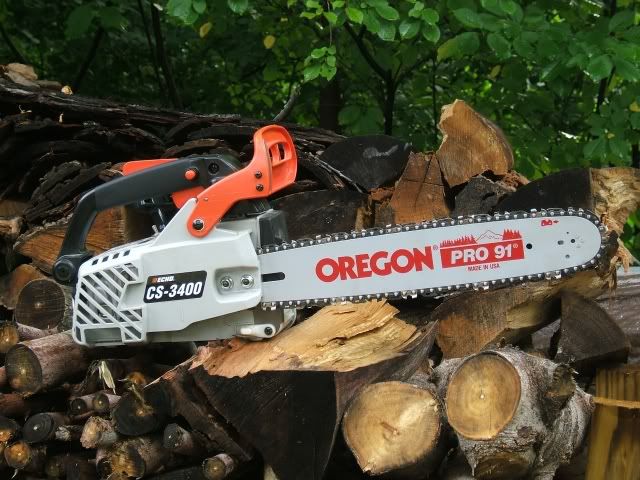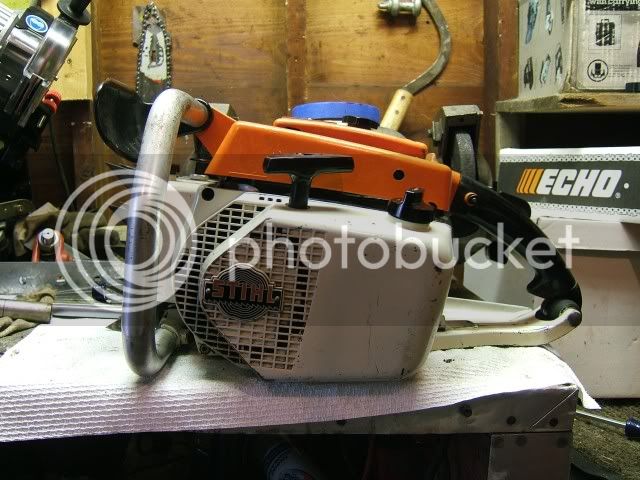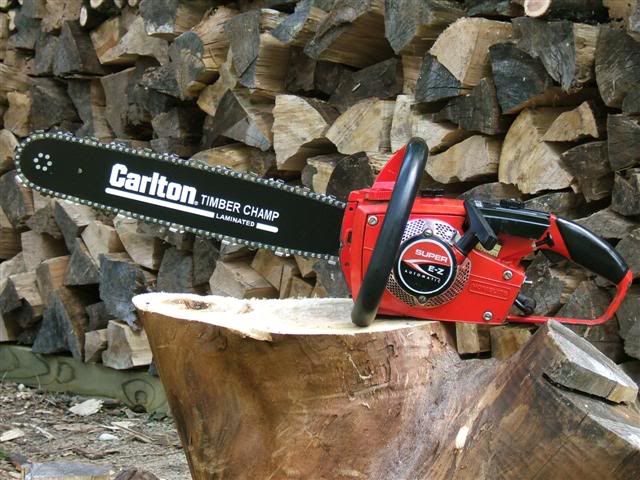Booshcat
ArboristSite Operative
May seem like a dumb question, but I'm trying to gain some knowledge, and you guys seem to be a pretty patient bunch....as long as we're not
comparing brands
Although I have been cutting wood using chainsaws for a few years,
I have older saws mostly because I enjoy repairing them as well as their all around quality.
My question is about the safety systems that have been added in the last two decades and how they work.
How can you tell if an older saw has a chain brake for instance. Are these systems internal to the crankcase or will there be an assembly outboard somewhere.
Thanks,
Bob
comparing brands
Although I have been cutting wood using chainsaws for a few years,
I have older saws mostly because I enjoy repairing them as well as their all around quality.
My question is about the safety systems that have been added in the last two decades and how they work.
How can you tell if an older saw has a chain brake for instance. Are these systems internal to the crankcase or will there be an assembly outboard somewhere.
Thanks,
Bob







